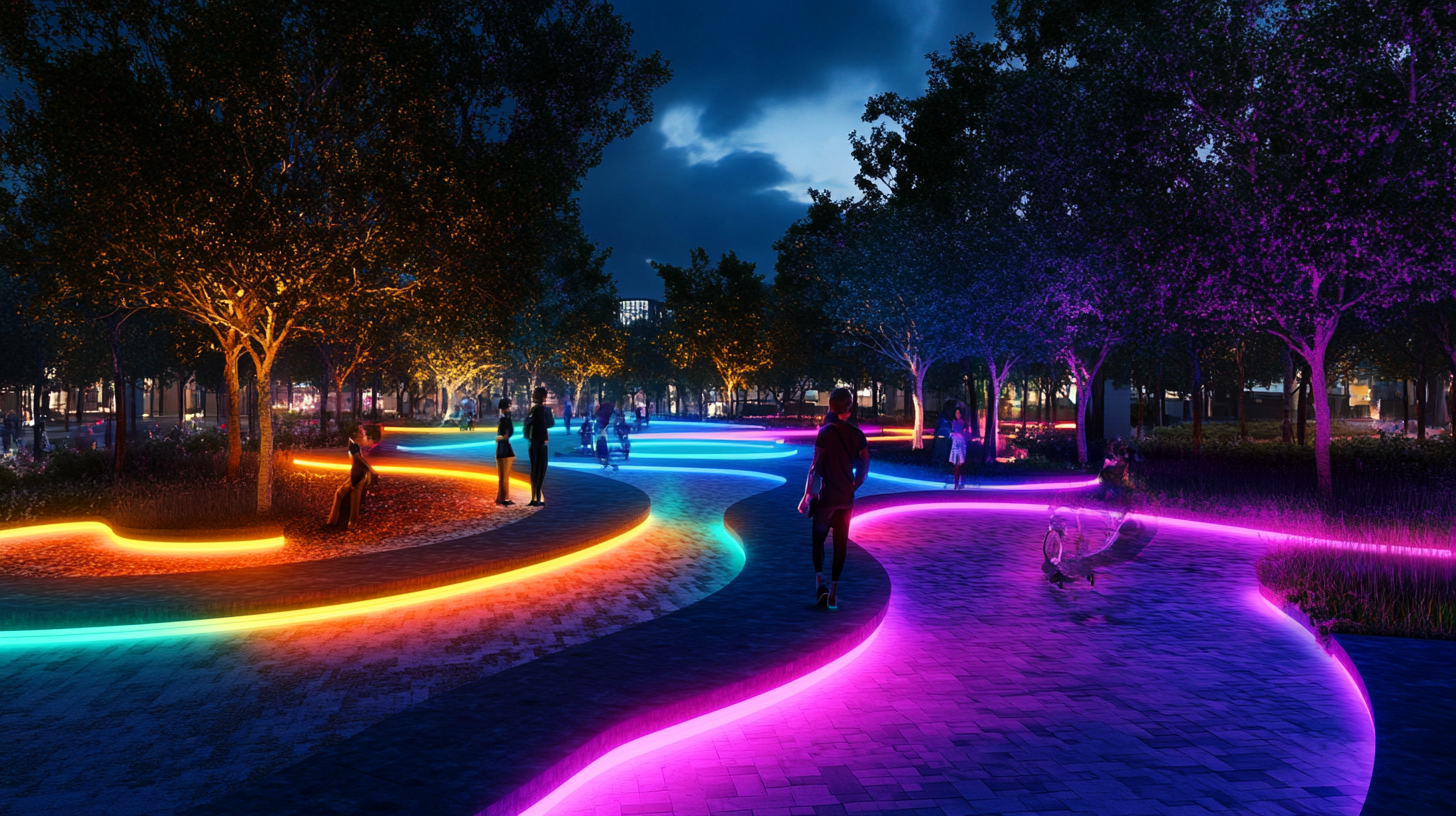As cities expand and modernize, LED lighting is playing a critical role in urban development. With its energy efficiency, durability, and smart capabilities, LED technology is transforming public spaces, transportation networks, and infrastructure. This article explores how LED lighting is shaping the future of sustainable and smart cities.
1. Energy Efficiency & Sustainability
✅ Lower Power Consumption – LED lights use up to 80% less energy compared to traditional incandescent or fluorescent bulbs.
✅ Reduced Carbon Footprint – With governments focusing on sustainability, LED lighting helps cities cut down CO₂ emissions.
✅ Integration with Renewable Energy – LED lighting can be powered by solar panels and wind energy, further reducing dependency on fossil fuels.
2. Smart City Integration
✅ Adaptive Street Lighting – LED streetlights can adjust brightness based on traffic flow and weather conditions, improving energy efficiency.
✅ IoT-Enabled Lighting – Connected LED systems can be controlled remotely, allowing real-time monitoring and maintenance.
✅ Enhanced Public Safety – Smart LED lighting in urban areas can improve visibility, reduce crime rates, and integrate with CCTV and emergency response systems.
3. Enhancing Public Spaces
✅ Vibrant City Aesthetics – LED lighting is used for architectural illumination, enhancing landmarks, bridges, and public buildings.
✅ Better Park & Recreational Lighting – Energy-efficient LED fixtures improve safety and usability of public parks and walkways.
✅ Interactive & Decorative Displays – Dynamic LED installations create immersive experiences in city squares, shopping areas, and entertainment hubs.
4. LED Lighting in Transportation Infrastructure
✅ Efficient Traffic Signals & Streetlights – LED traffic signals improve visibility, while LED-lit crosswalks enhance pedestrian safety.
✅ Better Public Transit Lighting – LED technology in bus stops, train stations, and subways ensures well-lit and safe environments.
✅ Tunnel & Bridge Illumination – LEDs enhance visibility and safety while consuming less energy in tunnels and highways.
5. Cost Savings & Long-Term Benefits
✅ Lower Maintenance Costs – LED lights have a lifespan of 50,000+ hours, reducing the need for frequent replacements.
✅ Government & Municipal Savings – Cities switching to LED lighting see significant cost reductions in public lighting expenses.
✅ Smart Budget Allocation – The savings from LED adoption can be redirected to other urban development projects.
Conclusion
LED lighting is revolutionizing urban development by offering energy savings, smart capabilities, and enhanced public safety. As cities continue to grow, the adoption of LED technology will be a key driver in building sustainable, connected, and visually appealing urban environments.